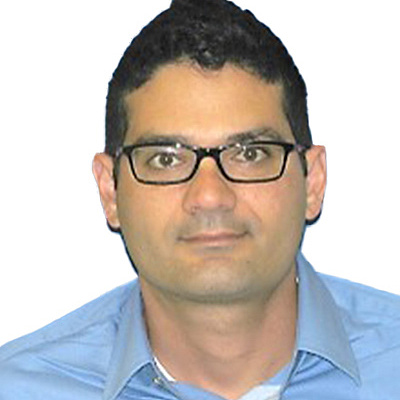
Давид Аркадир
Профессор Давид Аркадир - невролог, специалист в области лечения болезни Паркинсона и двигательных расстройств.
Образование
- Выпускник медицинского факультета Еврейского университета и больницы Хадасса (комбинированная степень MD PhD).
- Специализация по неврологии в медицинском центре Хадасса Эйн Керем.
- Субспециализация по болезни Паркинсона и двигательным расстройствам в Колумбийском университете, Нью-Йорк, США.
Научные публикации
Заболевания
Болезнь Паркинсона
Процедуры
Глубокая стимуляция мозга
